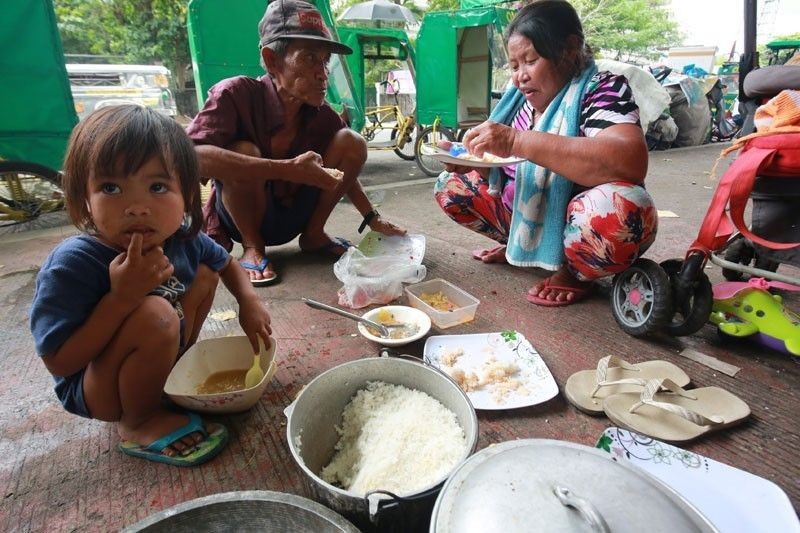World Bank flags ‘sluggish’ poverty reduction in the Philippines

World Bank: More well-paying jobs and opportunities needed
MANILA, Philippines — The Philippines’ bullish economic fundamentals helped bring down the poverty rate, according to the World Bank, although poverty reduction in the country has been sluggish due to a wide wealth gap.
Based on latest available data, the Washington-based multilateral lender said poverty rate in the Philippines fell by five percentage points to 21.6 percent from 2006 to 2015—within the Arroyo and Aquino administrations.
The World Bank attributed the drop in the poverty rate to the expansion of jobs outside agriculture, strong growth in remittances and the implementation of government transfers to poor Filipinos through the Pantawid Pamilyang Pilipino Program, also known as the conditional cash transfer program.
“This experience gives us hope that the Philippines can overcome poverty,” said Mara Warwick, World Bank country director for Brunei, Malaysia, Philippines and Thailand.
“With a strong economy, the country is well placed to end the vicious cycles of unequal opportunity that trap people in poverty, set in place measures to improve service delivery, and boost job opportunities,” Warwick added.
Slower than neighbors
But despite economic growth over the past decade, the Bank said the rate of poverty reduction in the Philippines has lagged that of many of its East Asian neighbors.
According to the Bank, the pace of extreme poverty reduction in the Philippines averaged 0.9 percentage points per year between 2006 and 2015, less than half the 1.4 points per year decline in the developing world and much slower than China, Indonesia and Vietnam.
In 2015, some 22 million Filipinos—more than a fifth of the population—still lived below the national poverty line.
“Constraints to achieving faster poverty reduction... include the less pro-poor pattern of growth; high inequality of income and opportunities; and the adverse impacts of natural disasters and conflict,” the Bank said.
“Making the pattern of growth more inclusive, particularly providing more well-paying jobs, will help people to achieve higher and more stable incomes,” it added.
Last April, the National Economic and Development Authority said the Duterte administration’s plan to supercharge economic growth through its ambitious infrastructure program would help the Philippines become an upper middle-income country by end-2019, earlier than the initial target of 2022.
But the NEDA said making sure that growth is inclusive remains a challenge.
While data on last year’s poverty incidence are yet to be released, the socioeconomic planning agency said there are indications that the 2017 figures are better than in 2015, although targets may be at risk in 2018 if high inflation is not addressed “effectively and immediately.”
The Duterte administration aims to cut poverty incidence to 14 percent.
- Latest
- Trending































